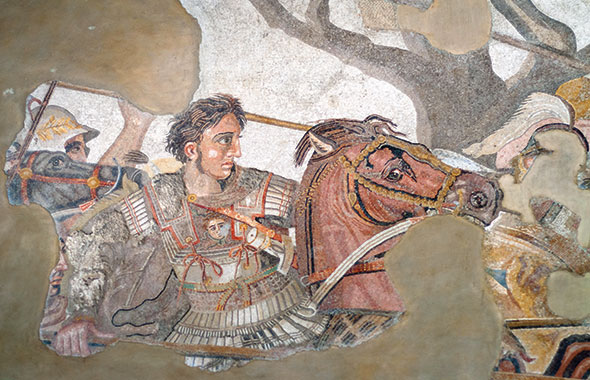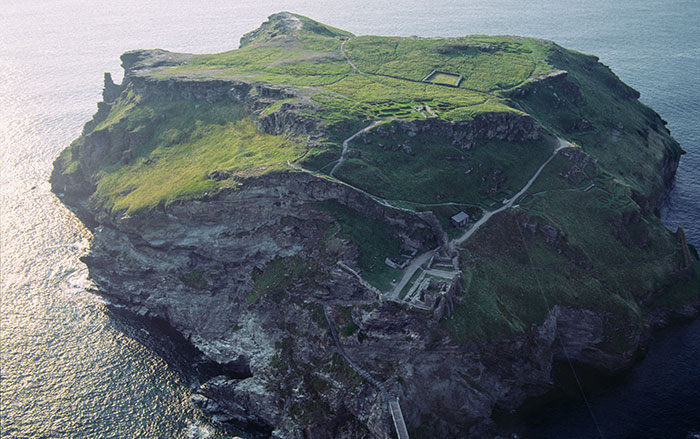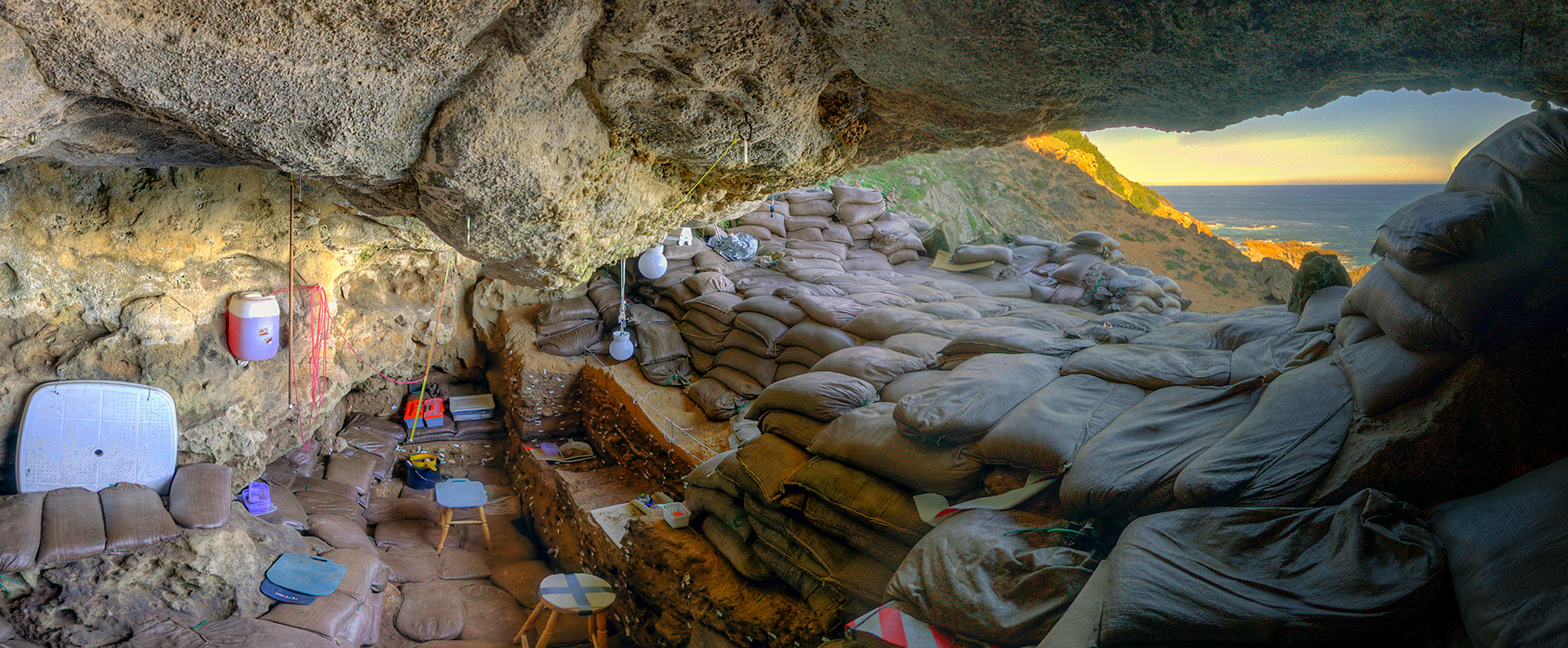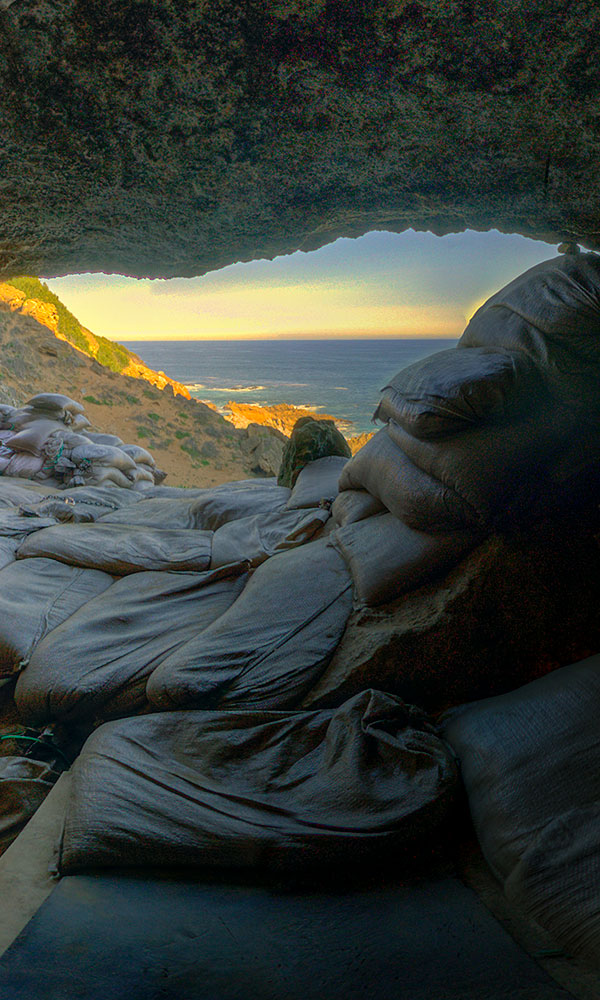DUNEDIN, NEW ZEALAND—Katherine Hall of the University of Otago suggests that Alexander the Great may have died of Guillain-Barré syndrome, a rare neurological condition, according to a Live Science report. Hundreds of years after his death, historians wrote that the king of Macedonia had died at the age of 32 in June of 323 B.C. in Babylon, after a brief illness characterized by fever and paralysis. Many believed he had been poisoned. The historic record also suggests that Alexander's body did not decay for seven days after he was declared dead. Hall suggests these symptoms could be explained by Guillain-Barré syndrome, which is an autoimmune disorder that causes gradual paralysis and could have put Alexander into a deep coma resembling death. In addition, while the syndrome is generally extremely rare, it occurs more often in the region where Alexander died, particularly in the spring and summer. For more, go to “In Search of History's Greatest Rulers: Alexander the Great, King of Macedon.”
New Thoughts on the Death of Alexander the Great
News February 4, 2019
Recommended Articles
Letter from the Levant March/April 2025
On the Origin of the Pork Taboo
Exploring ancient people’s shifting beliefs about rearing and eating pigs

Features May/June 2024
Alexander the Great's Untold Story
Excavations in northern Greece are revealing the world that shaped the future king

Digs & Discoveries January/February 2023
A Young Hercules


-
Features January/February 2019
A Dark Age Beacon
Long shrouded in Arthurian lore, an island off the coast of Cornwall may have been the remote stronghold of early British kings
 (Skyscan Photolibrary/Alamy Stock Photo)
(Skyscan Photolibrary/Alamy Stock Photo) -
Letter from Leiden January/February 2019
Of Cesspits and Sewers
Exploring the unlikely history of sanitation management in medieval Holland
 (Photo by BAAC Archeologie en Bouwhistorie)
(Photo by BAAC Archeologie en Bouwhistorie) -
Artifacts January/February 2019
Neo-Hittite Ivory Plaque
 (Copyright MAIAO, Sapienza University of Rome/Photo by Roberto Ceccacci)
(Copyright MAIAO, Sapienza University of Rome/Photo by Roberto Ceccacci) -
Digs & Discoveries January/February 2019
The Case of the Stolen Sumerian Antiquities
 (© Trustees of the British Museum)
(© Trustees of the British Museum)



